Media | Articles
How I found what modern cars are missing
I didn’t really grow up around classic cars, but I have always admired the combination of design and history that comes with them.
My first love of cars came during high school, when I got into Audis after my father purchased a new A4. The experience of all-wheel drive plus a turbo got me so excited about driving, and I’ve owned Audis ever since, including two S4s, an RS4, and an RS7. They’ve all been engaging driving experiences, but something was missing for me when I got behind the wheel.
Fast-forward to 2019, when my family and I purchased our first home. I finally had a garage, with more space than I needed for daily drivers. Thinking of how I might fill a spot, I started browsing auctions and found a 1958 Auto Union 1000 Sonderklasse for sale from a private museum in California that fall.
I knew that my beloved Audi brand had derived from Auto Union and was aware of its prewar racing pedigree, but I didn’t know the company had built and sold street cars. Through research into the postwar history of Auto Union, I found that the marque was sold in the U.S. in limited quantities through Studebaker dealers; Daimler-Benz, which owned Auto Union at the time, had an agreement with Studebaker-Packard to sell its cars.
I quickly fell in love with the design and obscure history of the 1000, bid on it, and won. I’d never thought of owning a three-cylinder two-stroke before, nor about owning a car with 44 horsepower. However, when it arrived in New York several days later, I realized it had a list of problems, having sat for many years in the museum. Game on.
Marketplace
Buy and sell classics with confidence
The biggest challenge was the clutch: This example is equipped with a Saxomat automated manual transmission, which was a rare option. Sourcing parts became a fun challenge, and to date, I’ve built a list of sources from Germany, South Africa, Argentina, and other countries.
Good thing, because my passion for classics had just taken off.
I picked up my second Auto Union, a 1960 1000SP with a tuned two-stroke and a column-mounted four-speed, on Bring a Trailer in March 2020. I loved the look of the pillarless coupe 1000 when I first saw it, but upon laying my eyes on a 1000SP for the first time, my adoration was at another level.

This particular example is one of 5000 coupes built over a seven-year production run, which ended when Auto Union was sold to Volkswagen in 1964. It was delivered in late 1959 to Baden-Baden, Germany, reportedly to a race car driver named Eckhard Schimpf, who raced it at the Nürburgring in ’60 and ’62. It was driven at races around Europe for nearly two decades before being crashed at some point in the late 1970s.
It was imported to Canada, then brought to the U.S. in 2002 and traded in at Sewickley Audi in Pittsburgh on a new A6 in 2007. The dealership displayed it for a while before putting it into storage for more than a decade, and it finally made its way to my garage as a pandemic project.
The SP needed a full restoration. As with the 1000, finding parts and learning its quirks has been an endeavor, but I’ve involved some great local shops (Bob, Leo, and the crew at Briarcliff Classic are magicians!). In addition to its racing provenance, the 1000SP became an award winner at the Radnor Hunt Concours and was displayed at The Amelia this March.
I love finding cars that people don’t see often. I also look for something in a car’s history or design that jumps out at me as unique. The Pennant Blue 1954 Corvette I purchased in 2021 fit the bill perfectly.
The beauty of these cars is apparent from any angle, but this one stood out because it had been owned by a General Motors executive in Germany for 30 years. Plus, it was fully restored and ready to enjoy.
The highlight of my first year of ownership of the car was receiving a Top Flight Award from the National Corvette Restorers Society, meaning that close to 100 percent of the car is as it was when it left the St. Louis factory.
It’s slow and handles like a tank, but it is one of the most beautifully designed American cars ever to have been produced. And it totally got me to go outside of my Audi bubble.
Even further outside that bubble is the 1964 GAZ 69M, a former Soviet military radio-communications vehicle that I acquired last summer. It is fully restored as well, with a flathead four-cylinder mated to a three-speed, and it will drive over anything. It’s super fun. It sits up high. It’s loud. My kids love it.
I am fortunate to have a wife and two young sons who have gotten into classic cars almost as much as I have, with my boys often helping out in the garage. I worry that most kids in their generation won’t learn to drive manual transmissions—or come to appreciate these rolling works of art. They have the bug, though, and it keeps them off screens and hopefully will continue to spark a similar passion within them.

Which brings me to my latest acquisition—a 1947 Lincoln Club Coupe with the remarkable flathead V-12 and a column-mounted three-speed. It’s a stunning design with room for all four of us. It sat for a few years, so I’m still working through some challenges, but it has already been a load of fun.
As I’ve started building my collection, my passion has grown with each new vehicle and piece of history I learn about them. You can feel the soul of a classic car when you drive it, something modern cars simply can’t deliver. Assembling these rolling works of art over the past three years has been a joyous responsibility for me. More important, it has given me the opportunity to share this passion with others, especially my boys as they grow up.
***
Check out the Hagerty Media homepage so you don’t miss a single story, or better yet, bookmark it. To get our best stories delivered right to your inbox, subscribe to our newsletters.
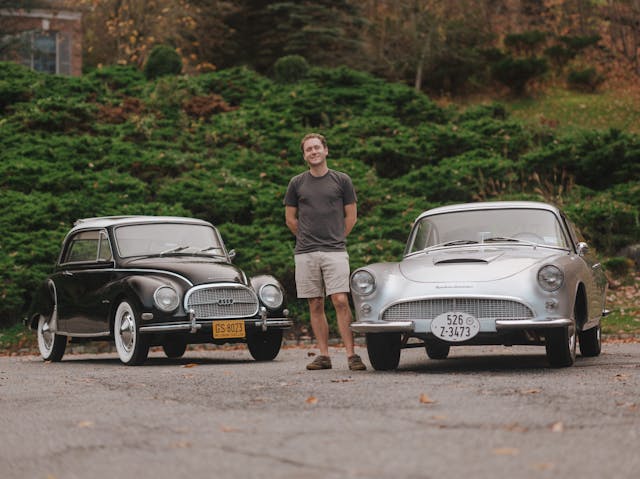
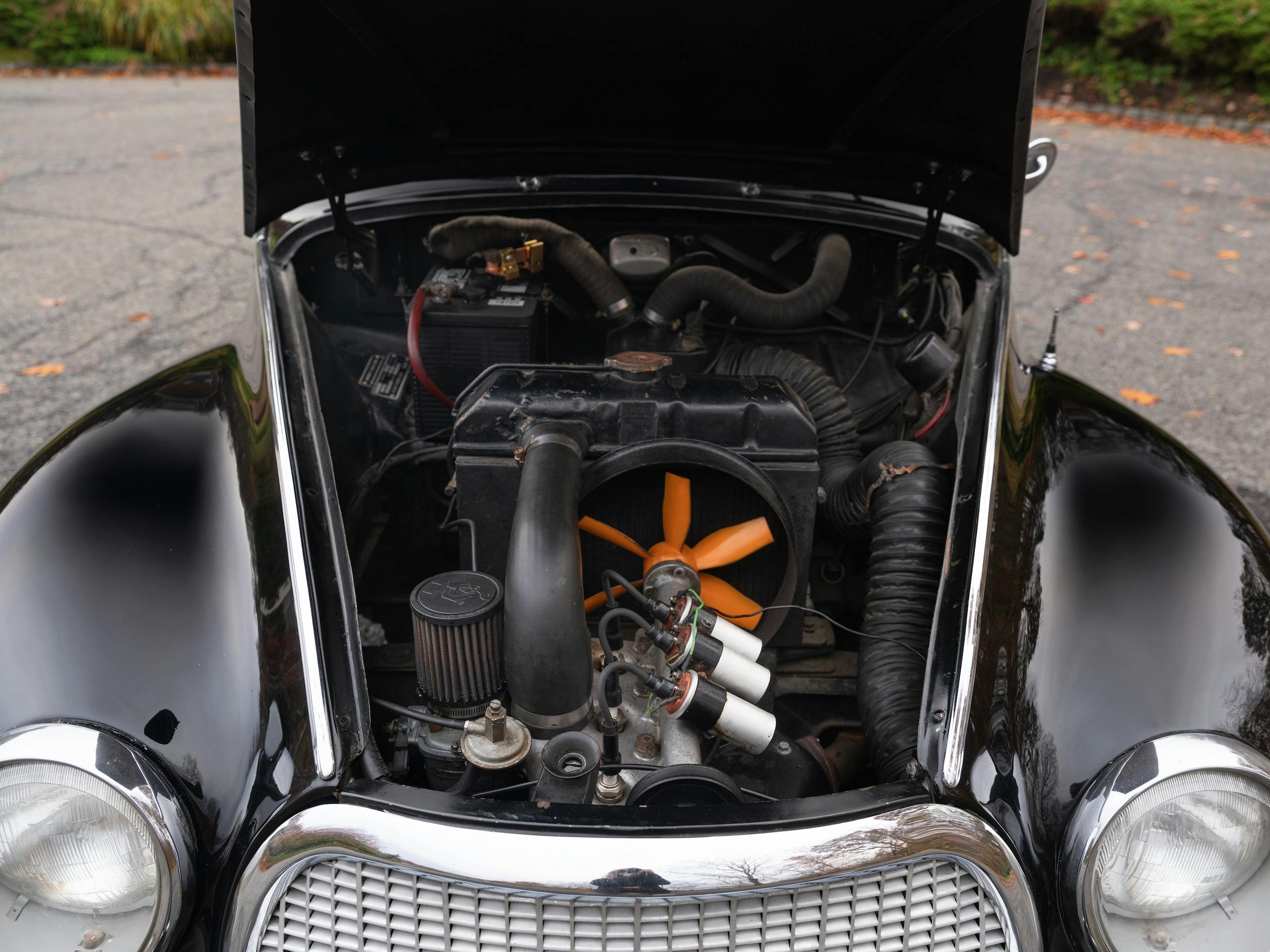
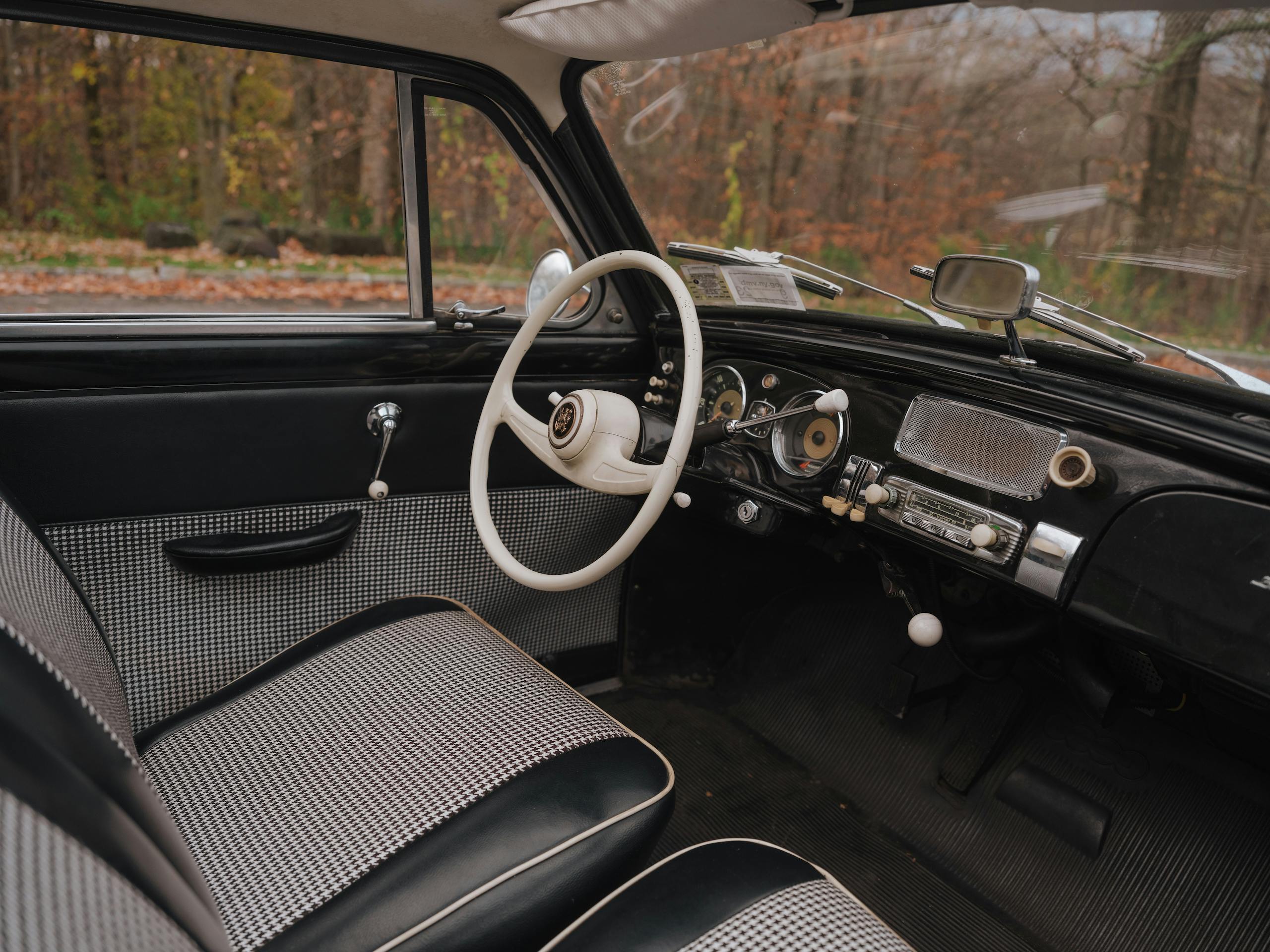
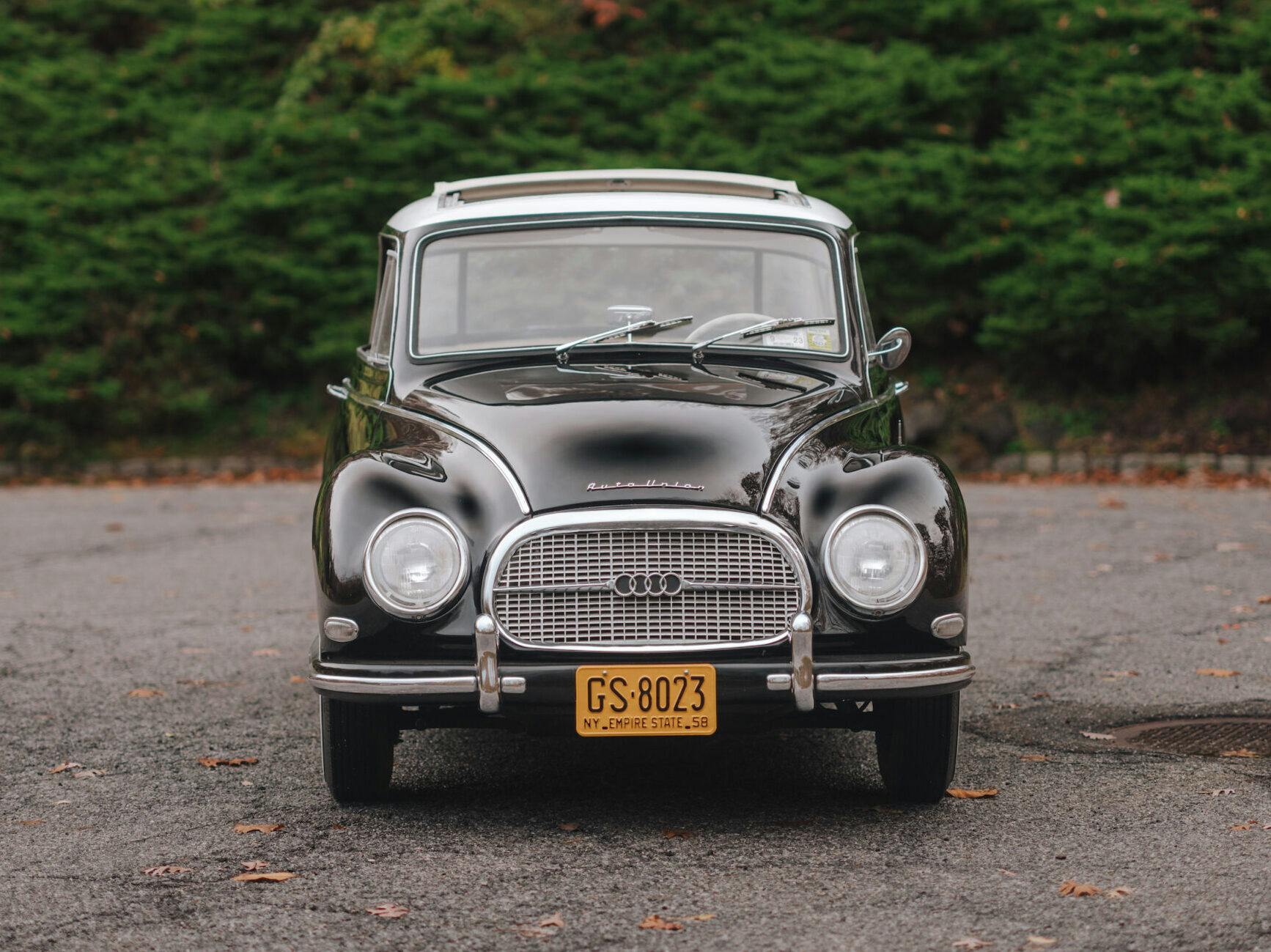
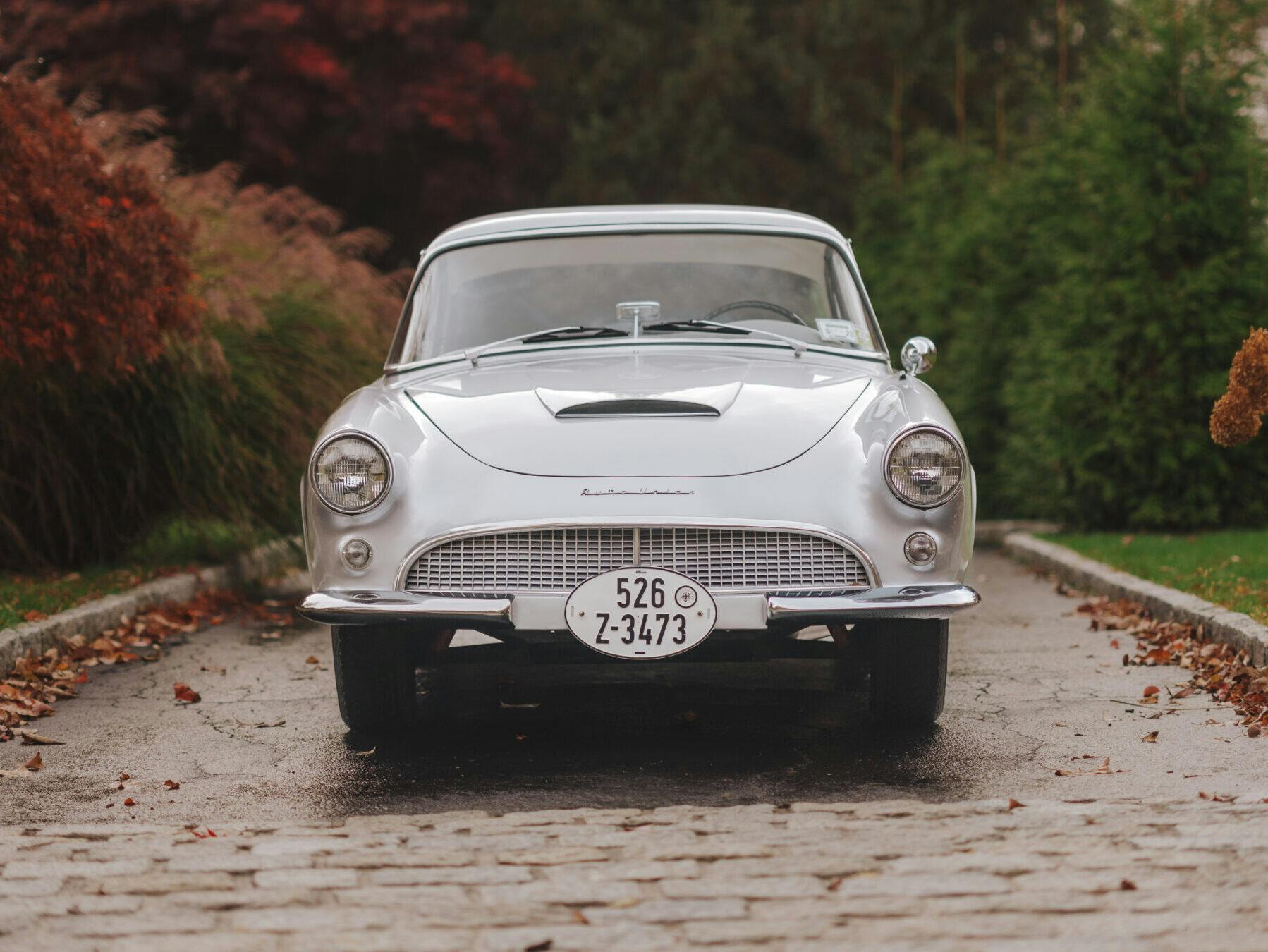
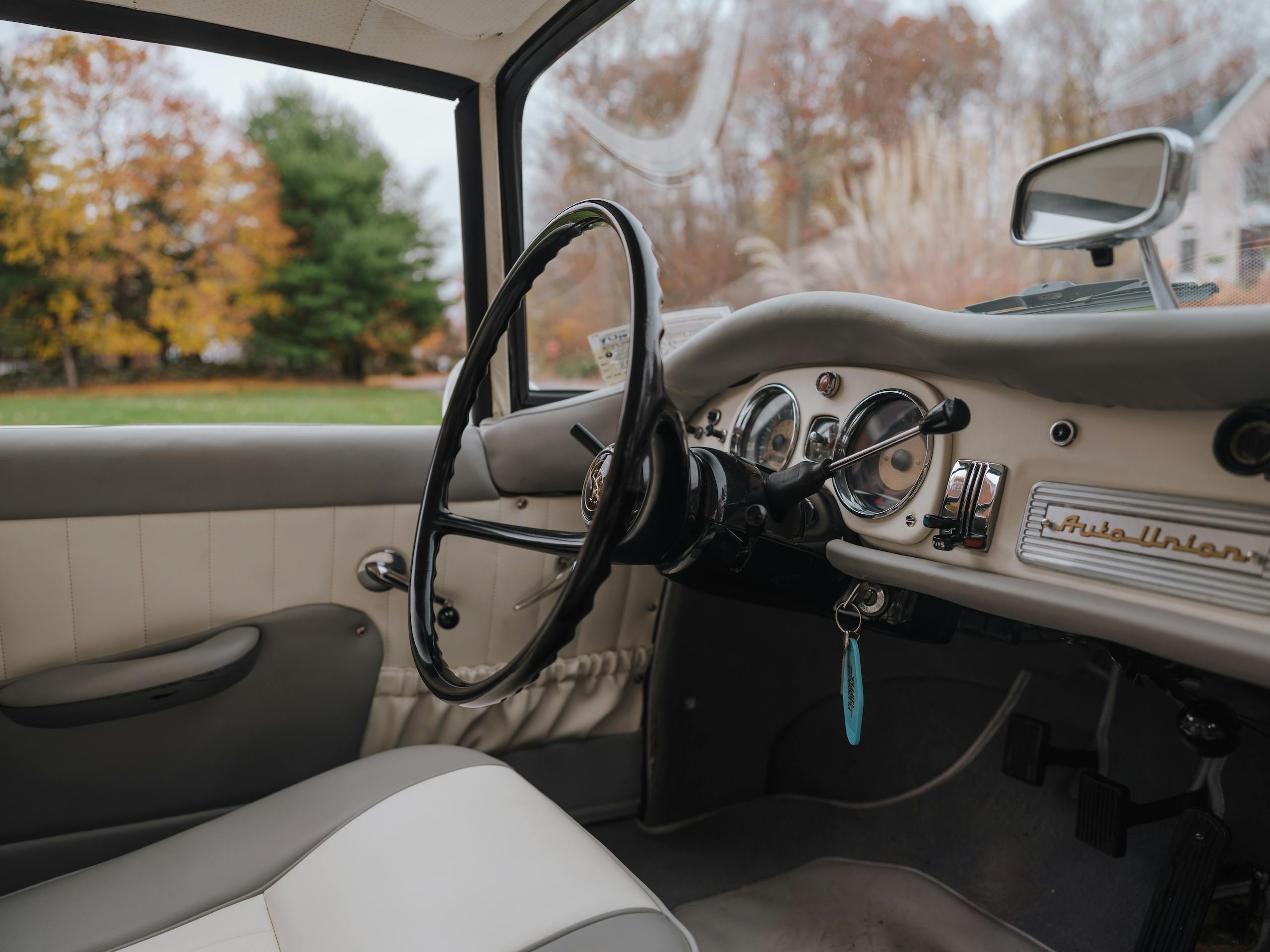
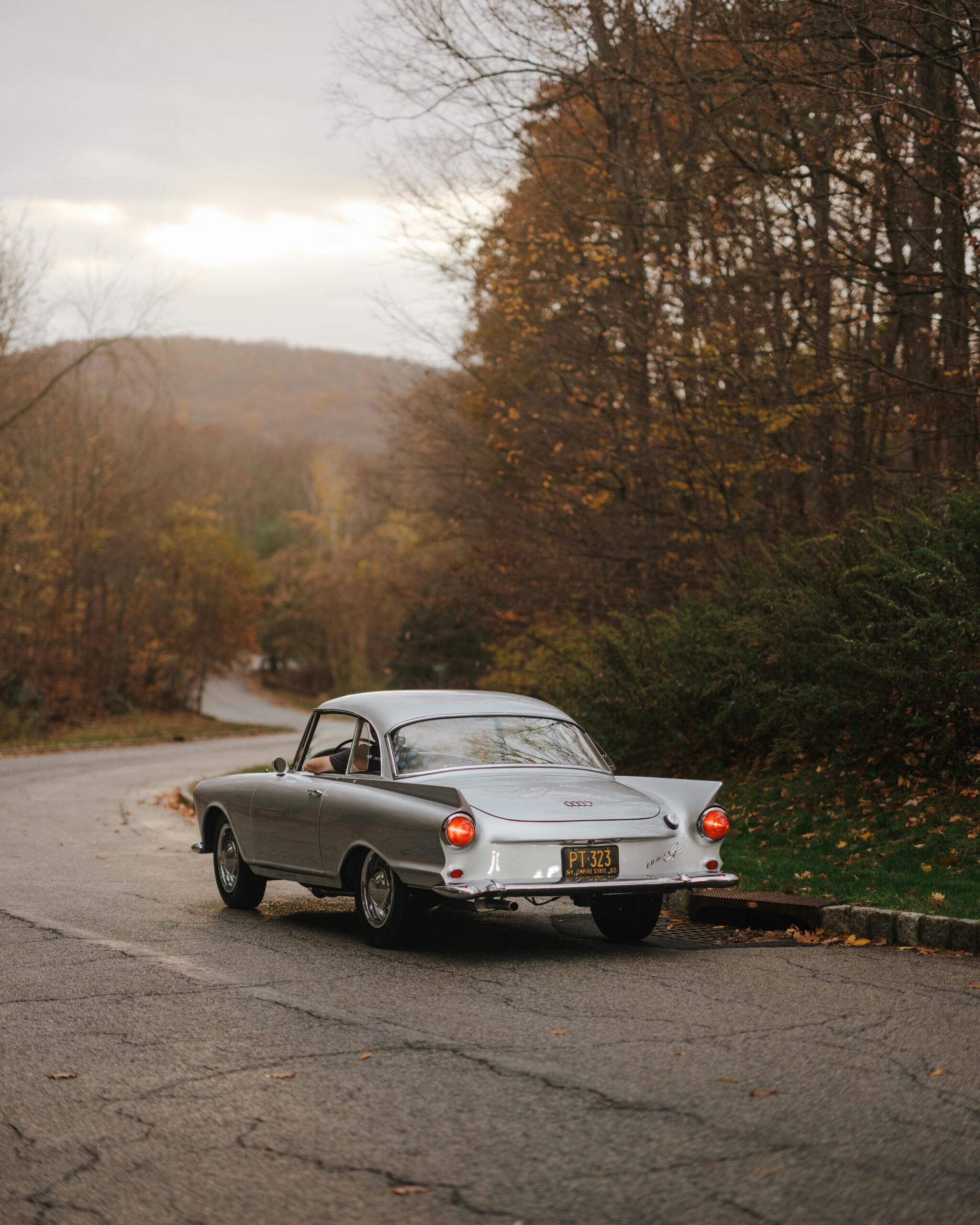
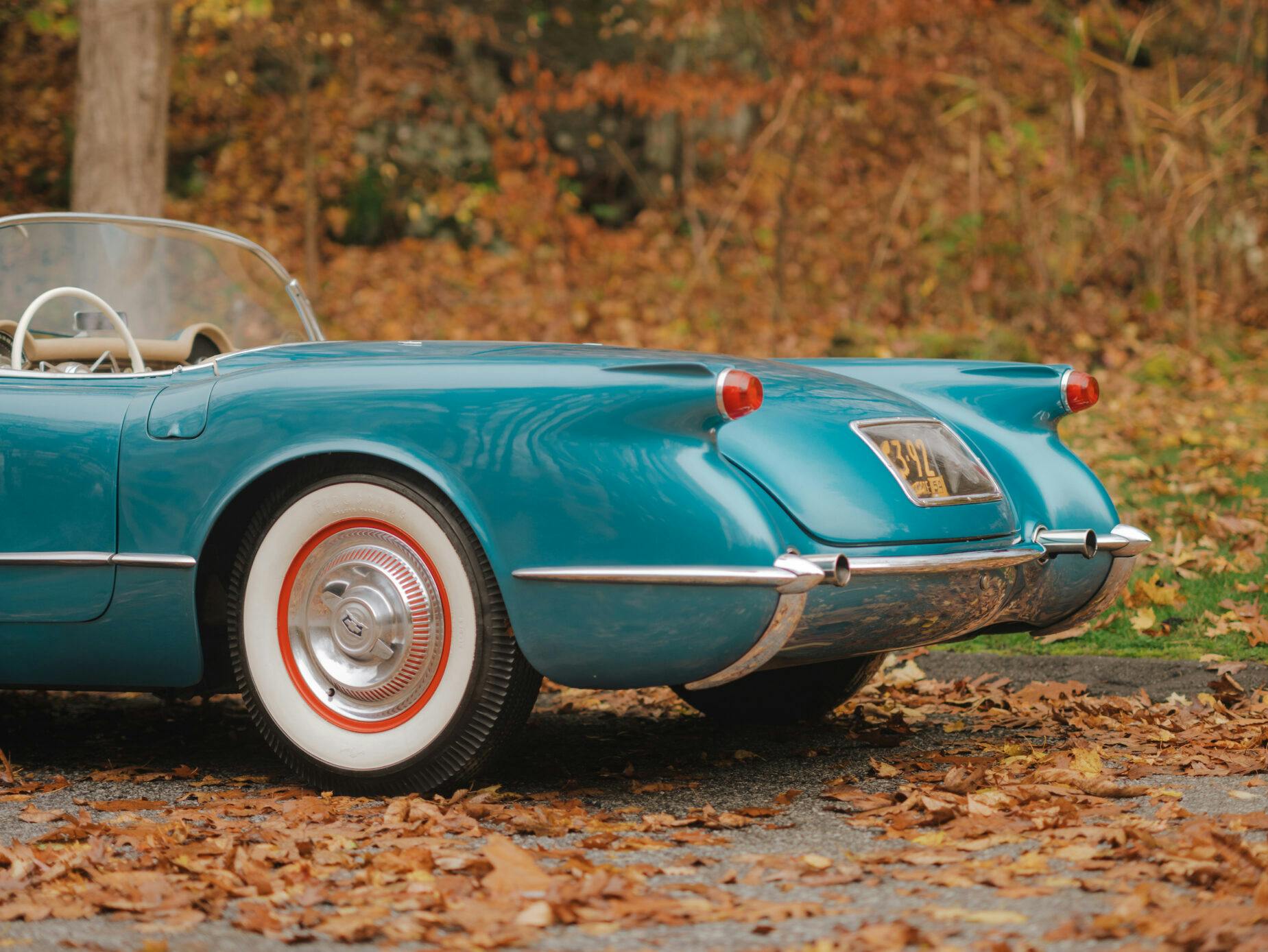
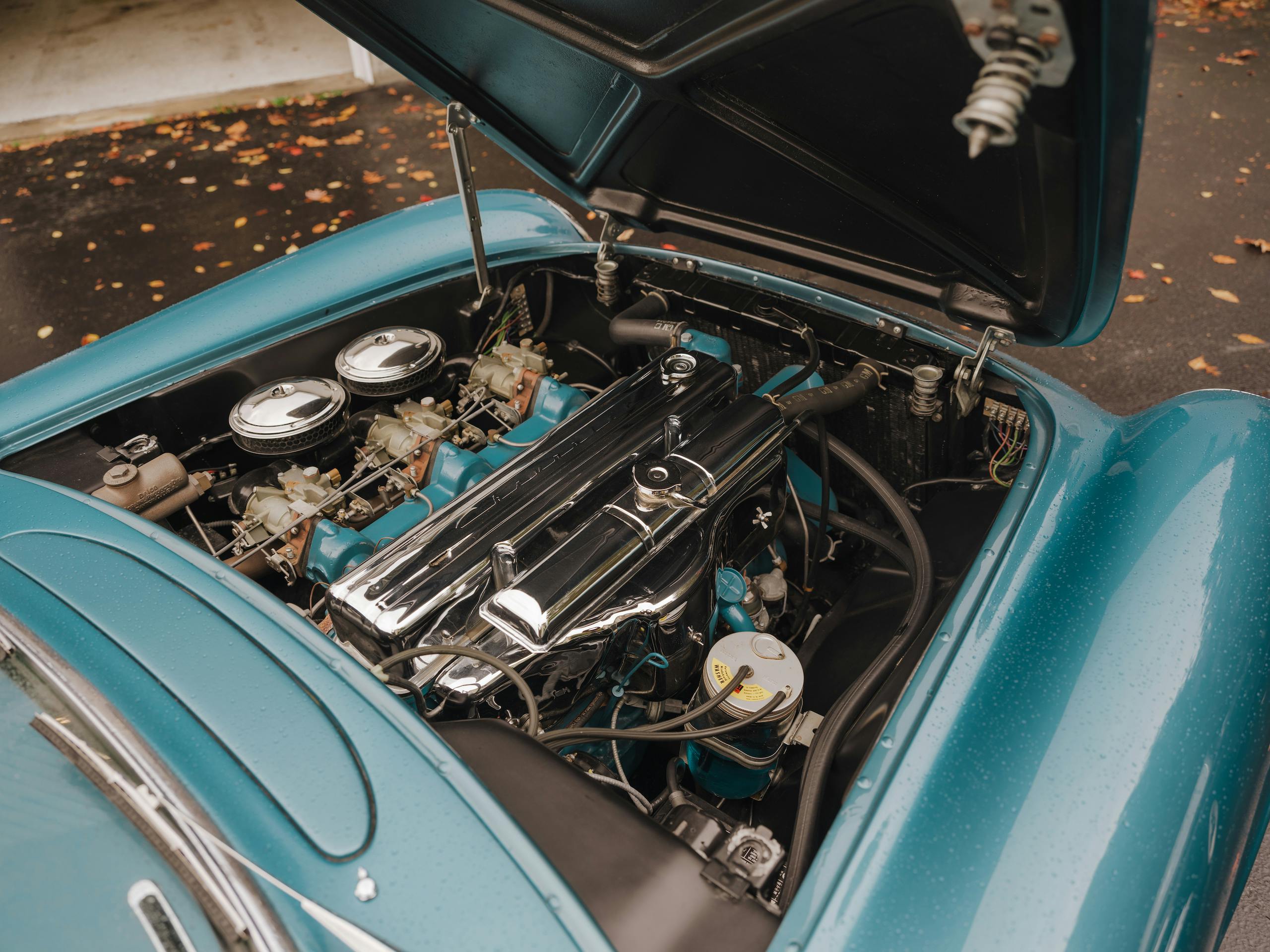
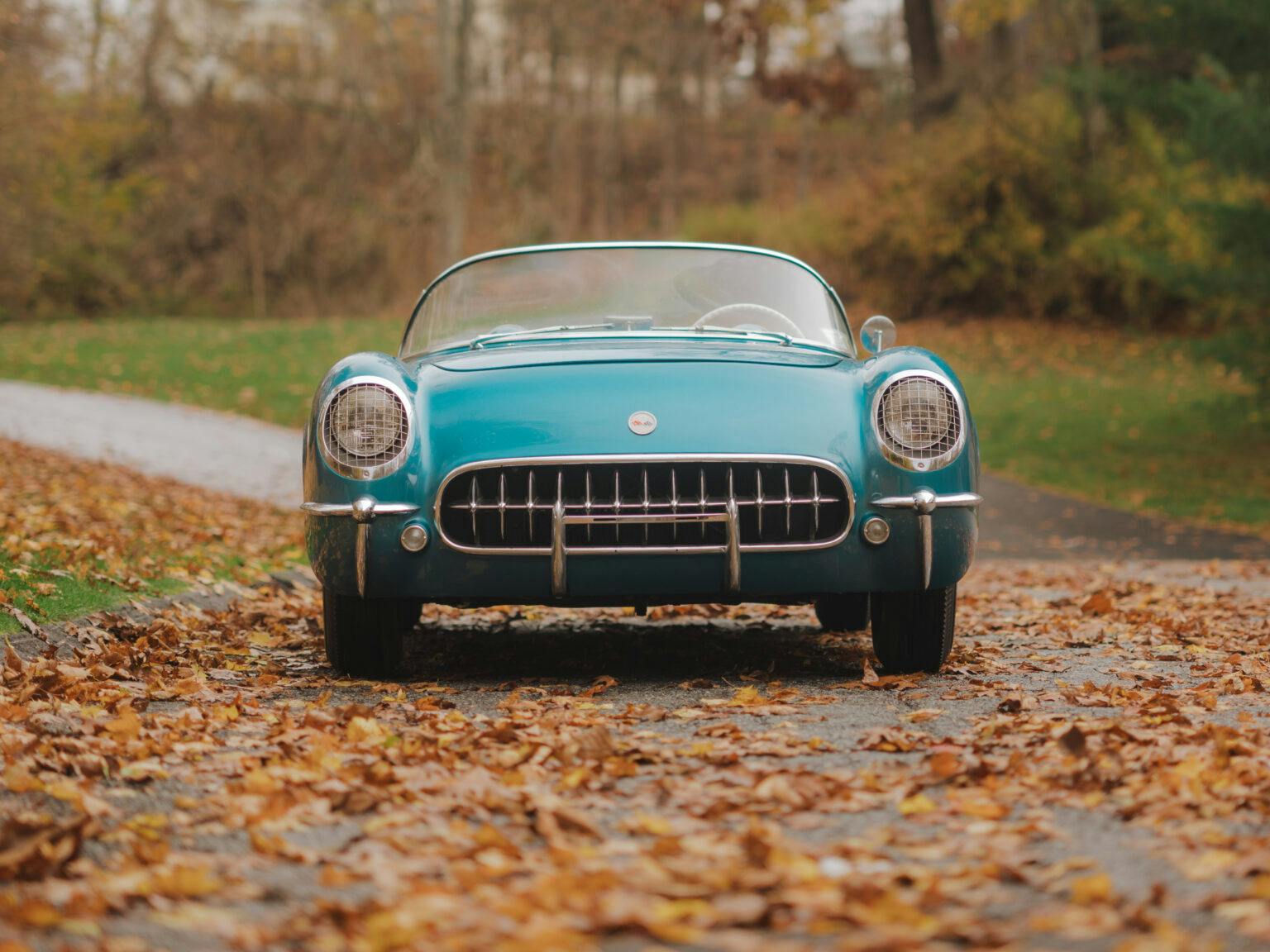
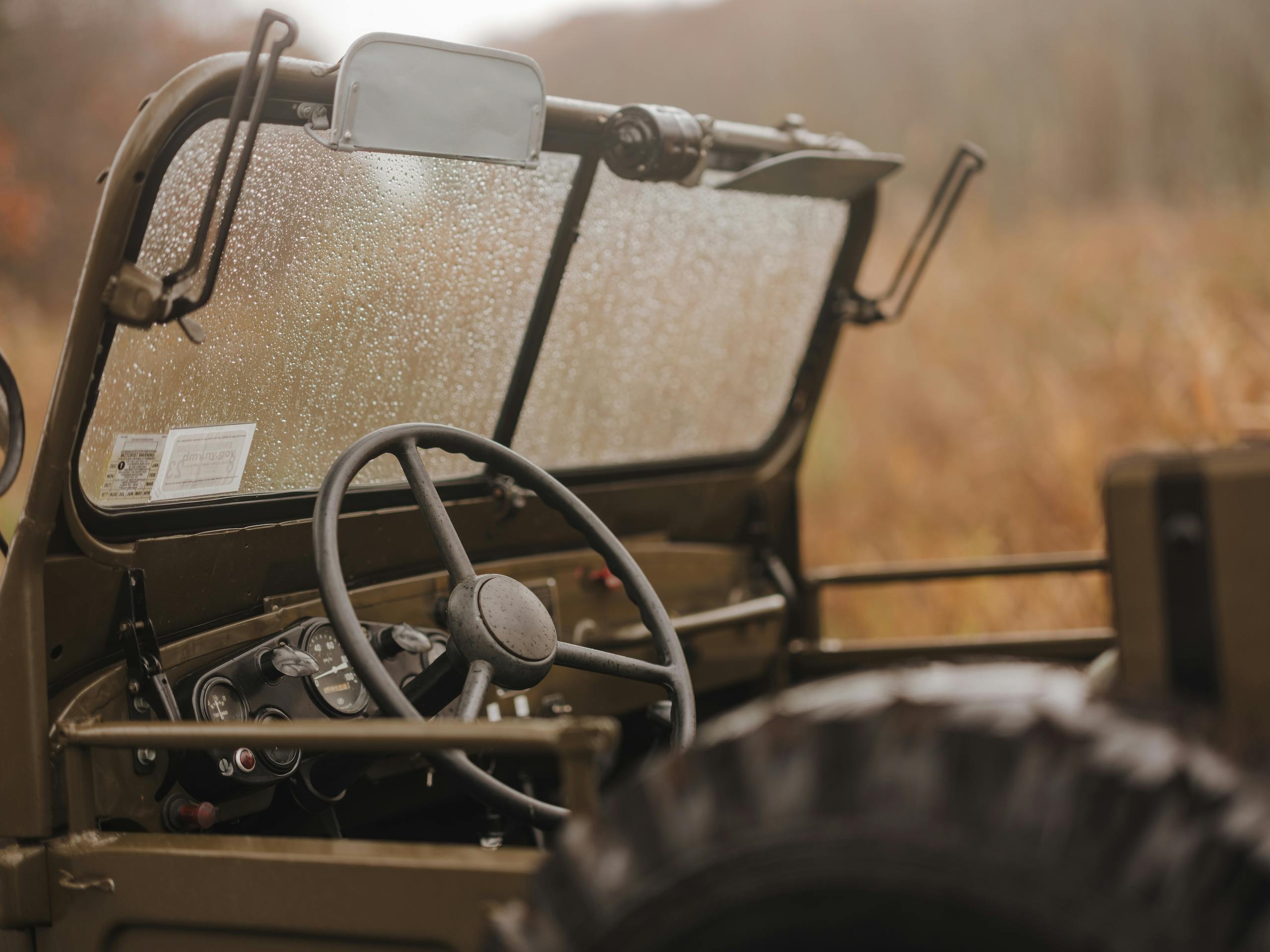

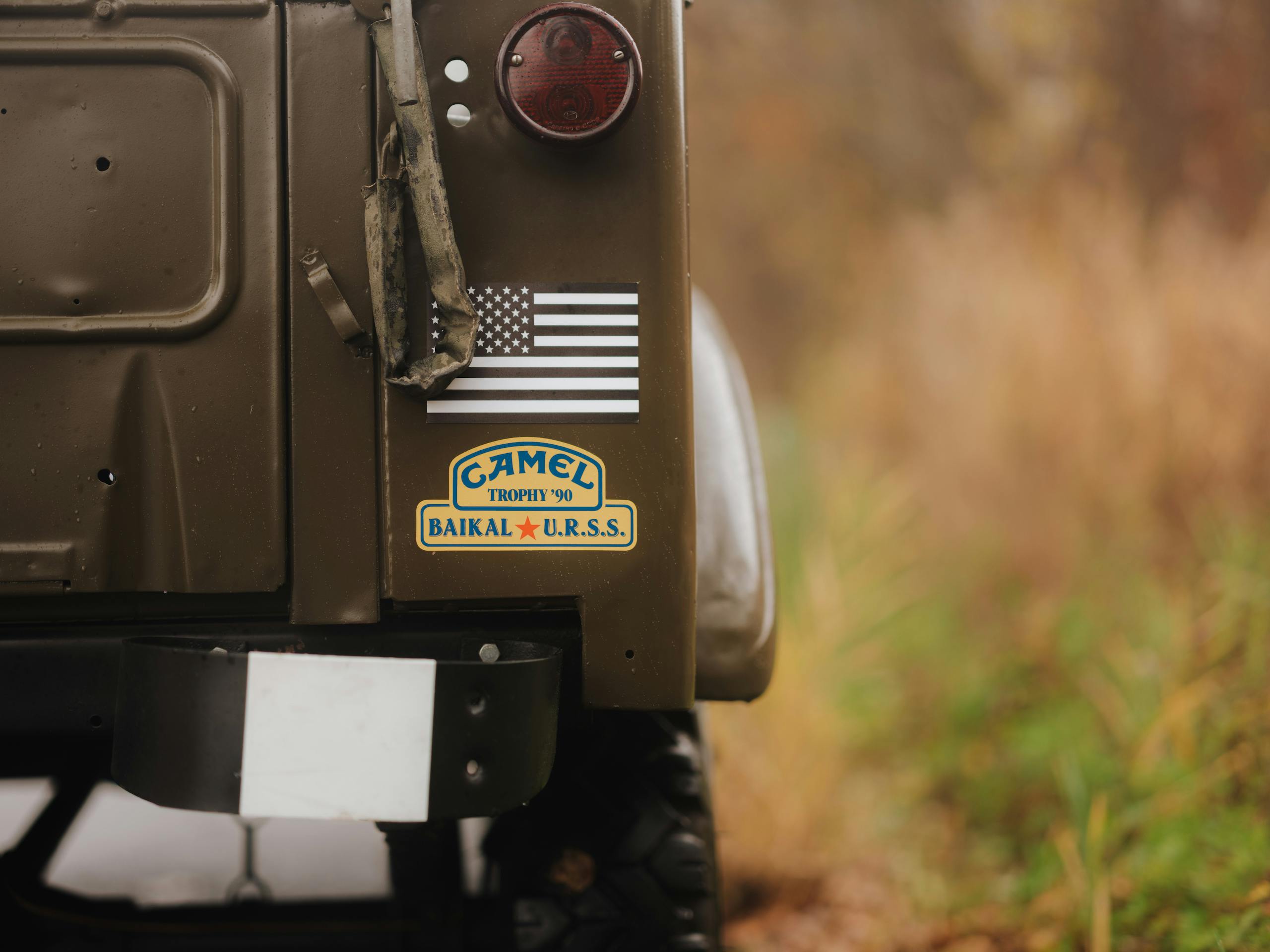
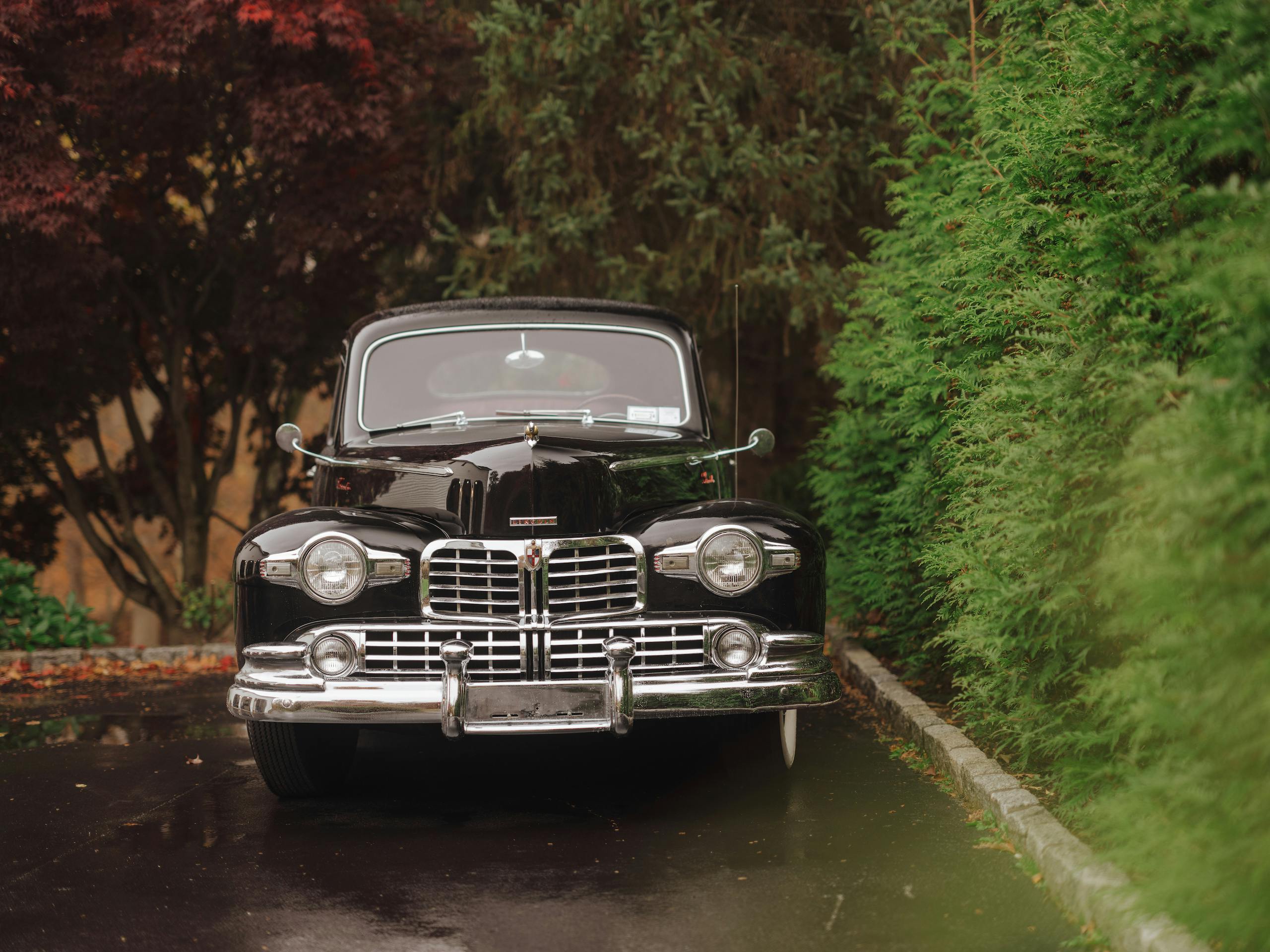

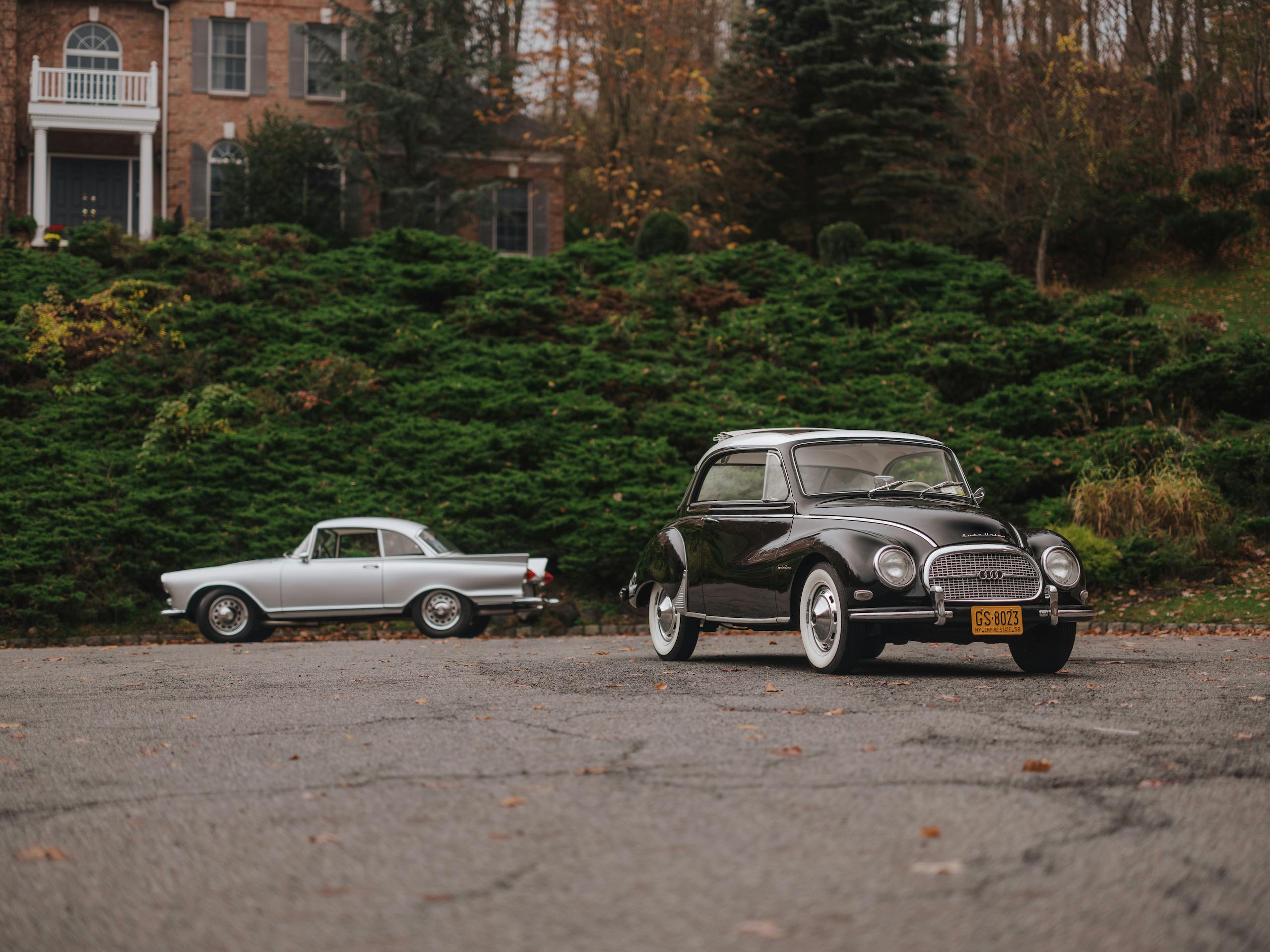
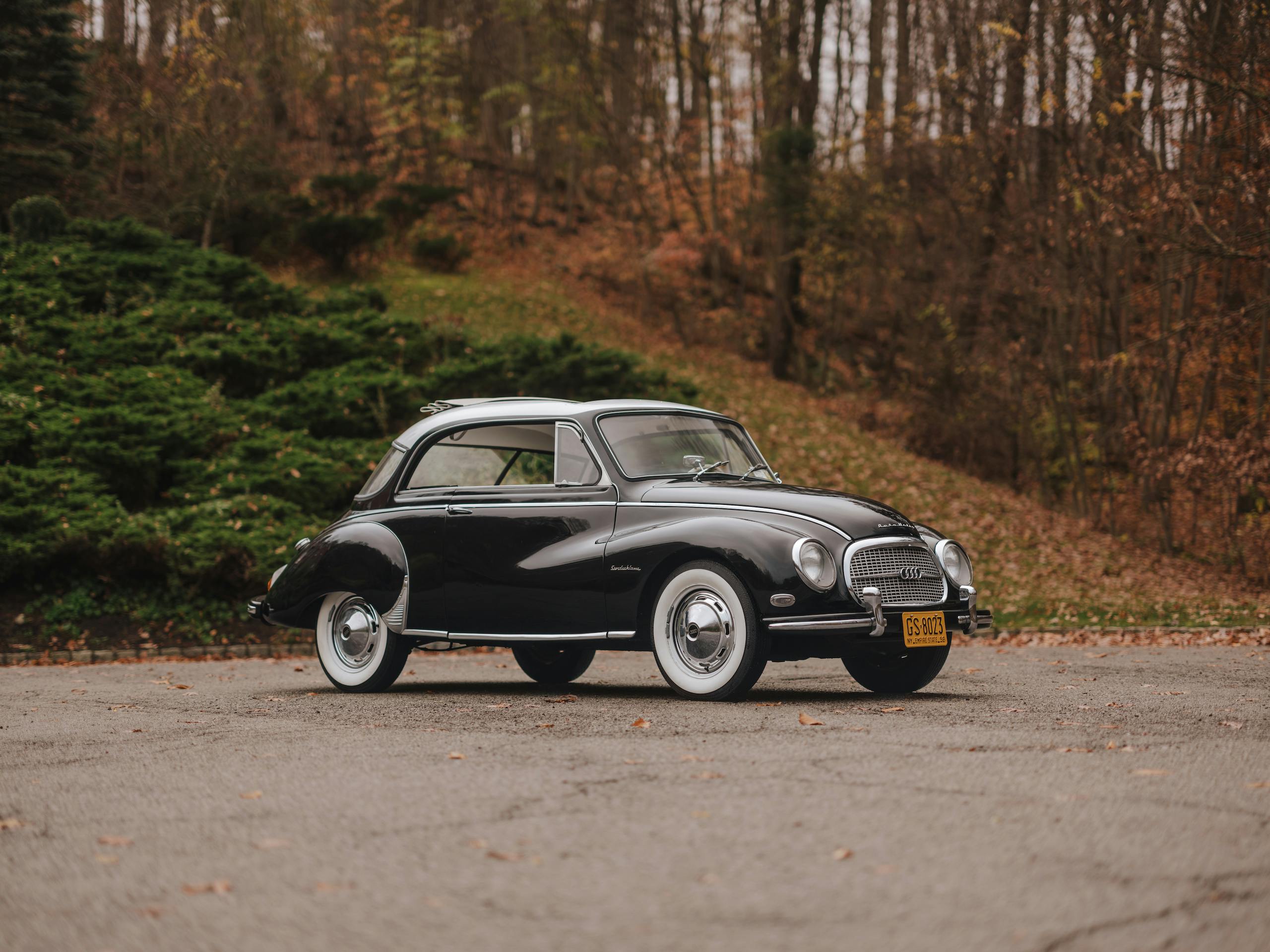
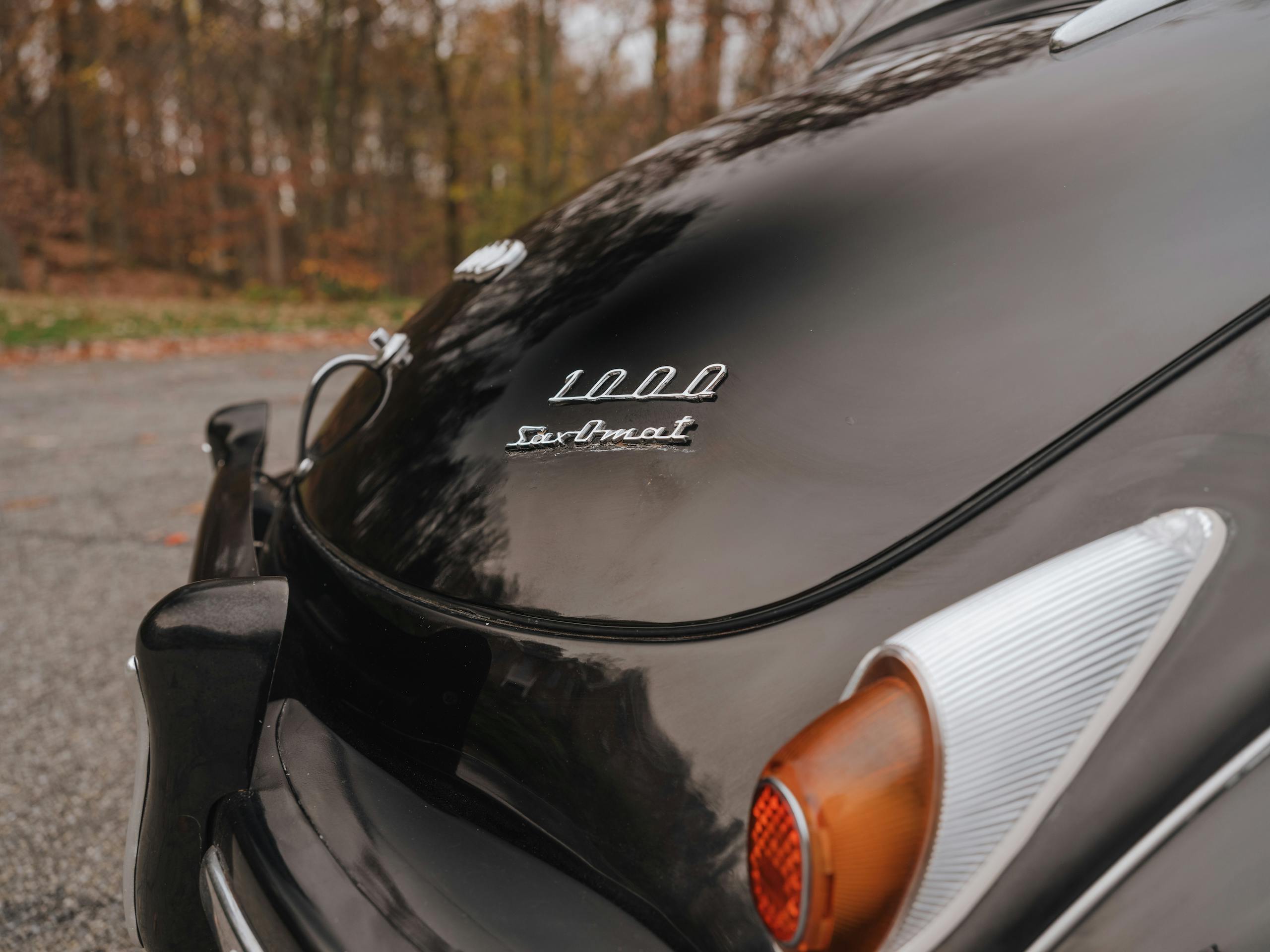
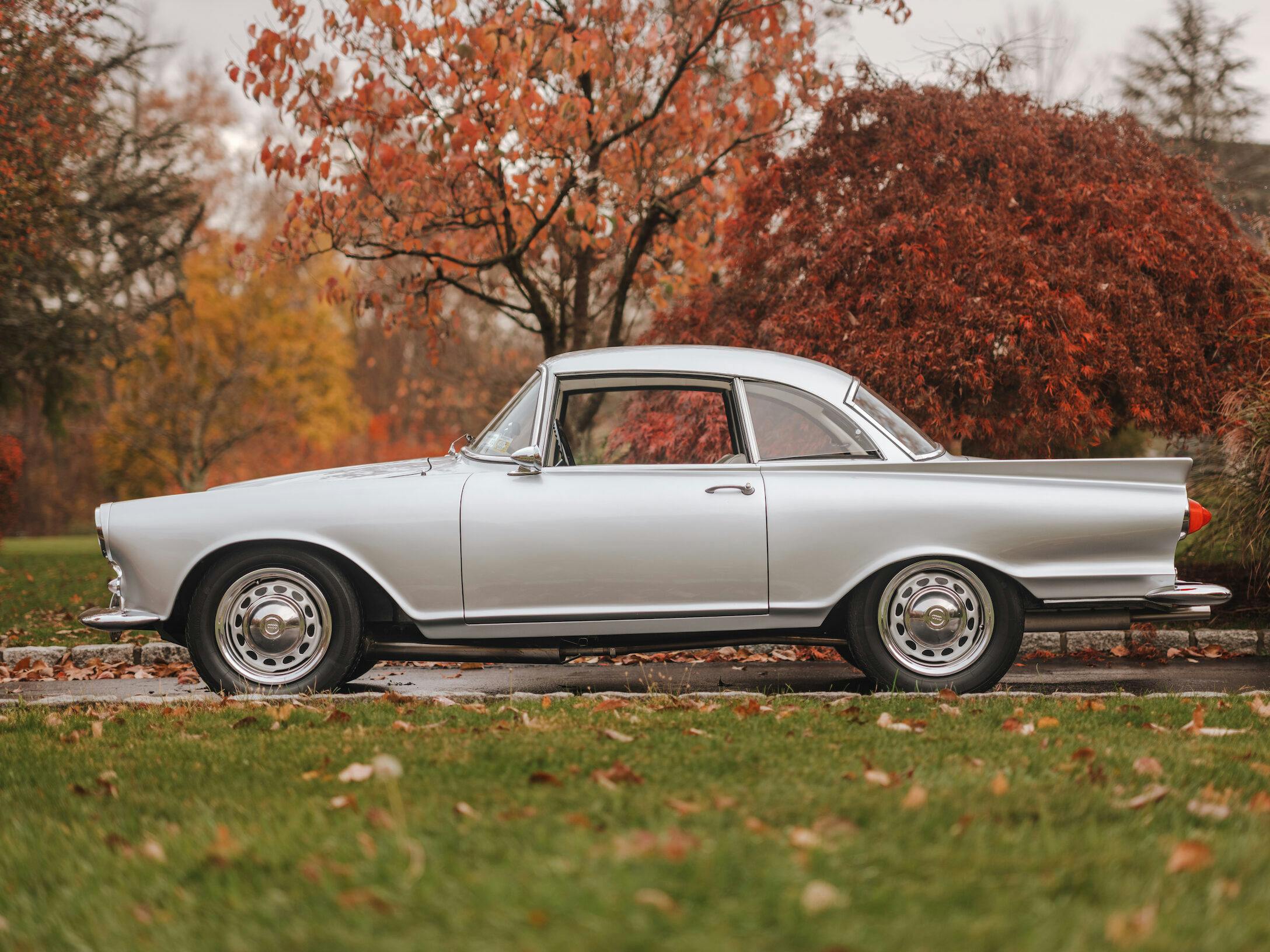
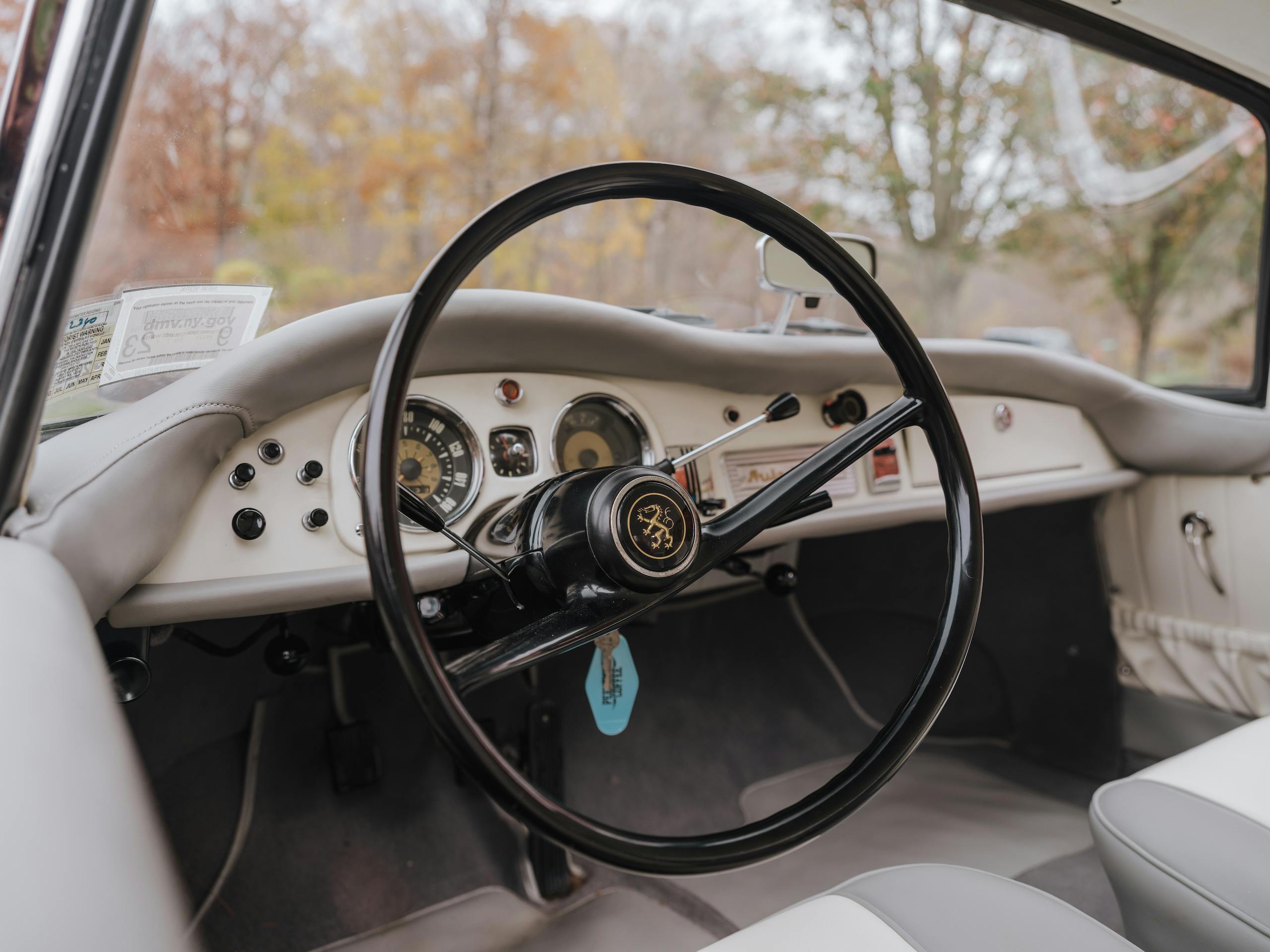
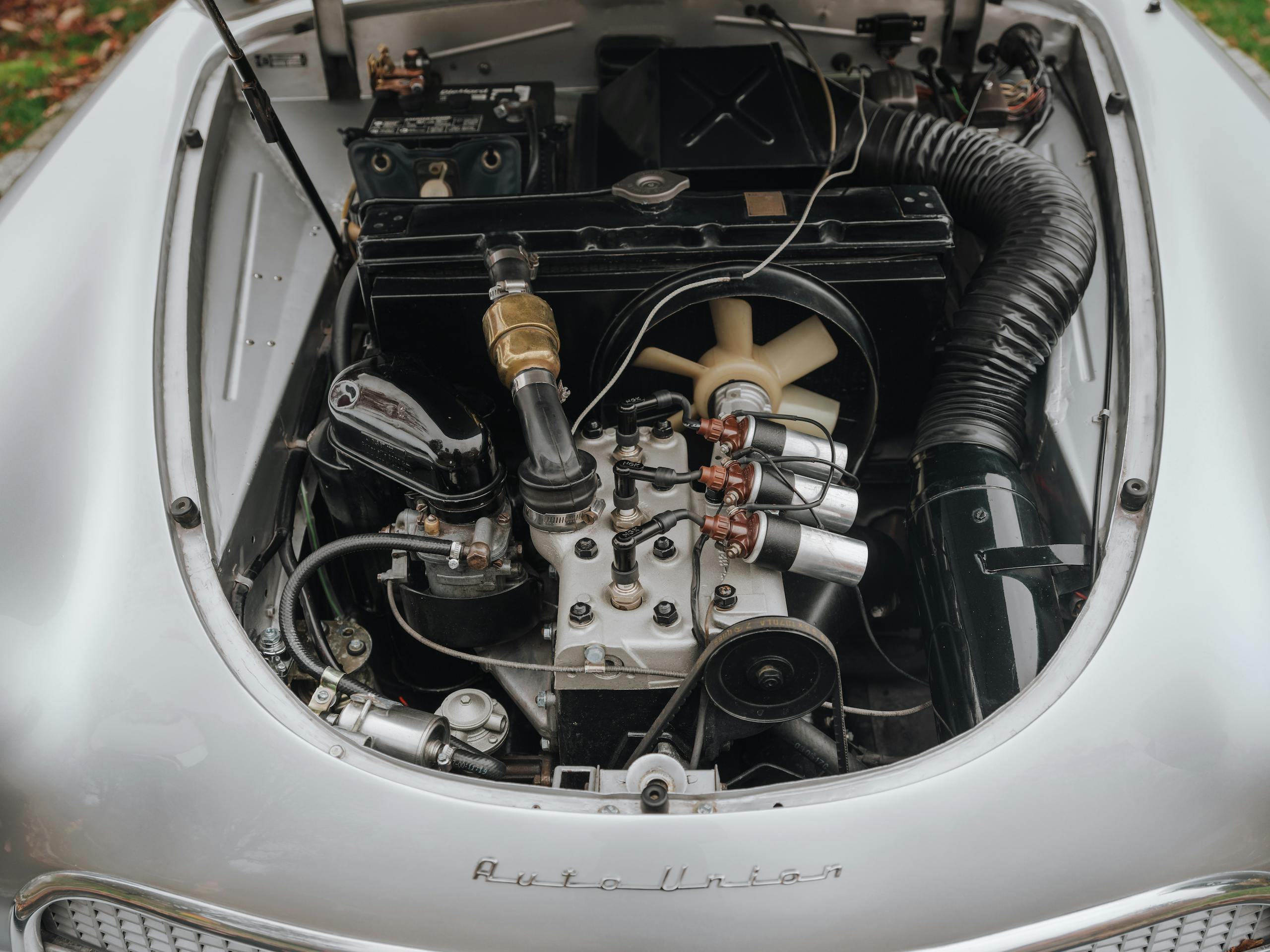

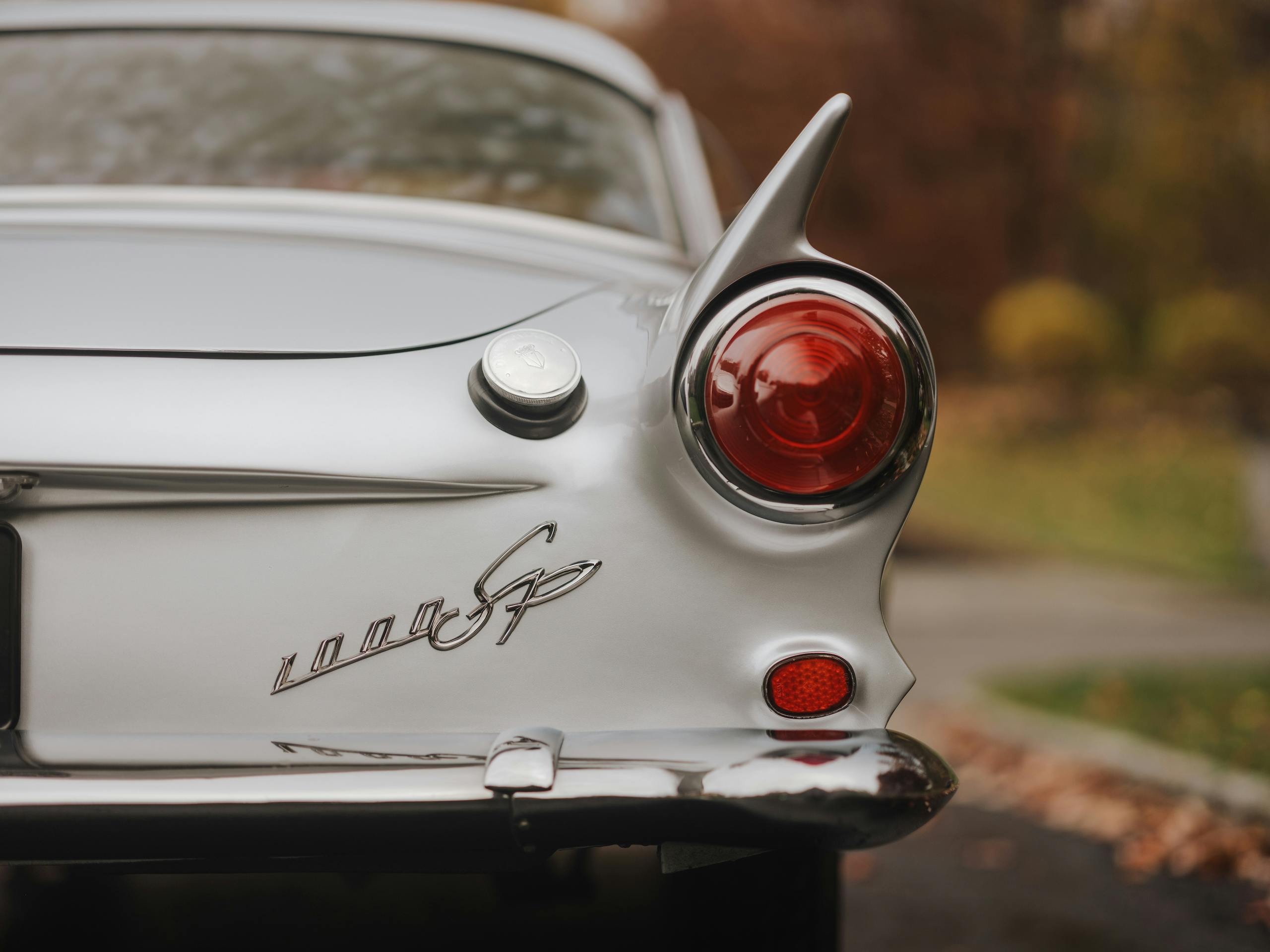
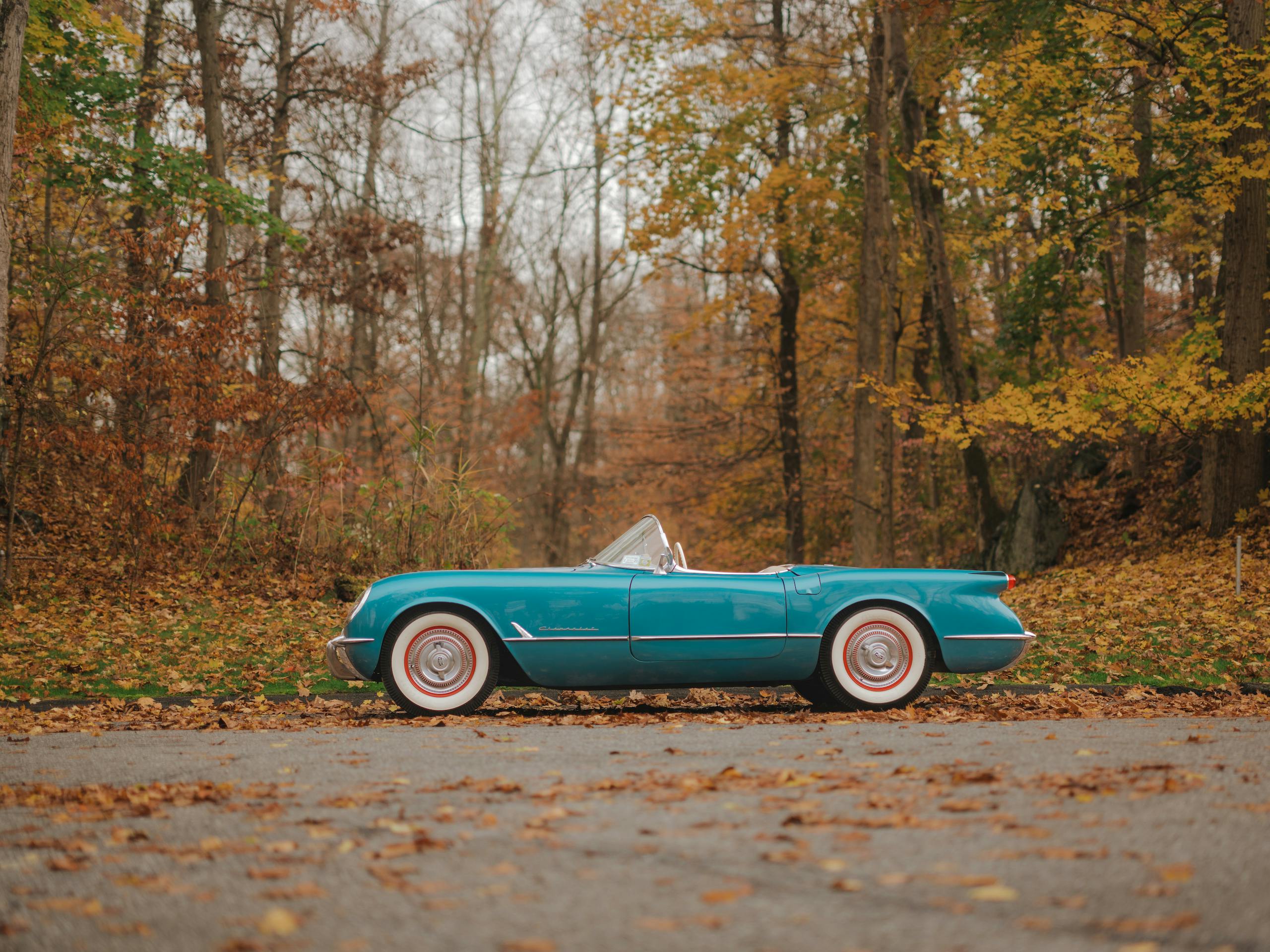
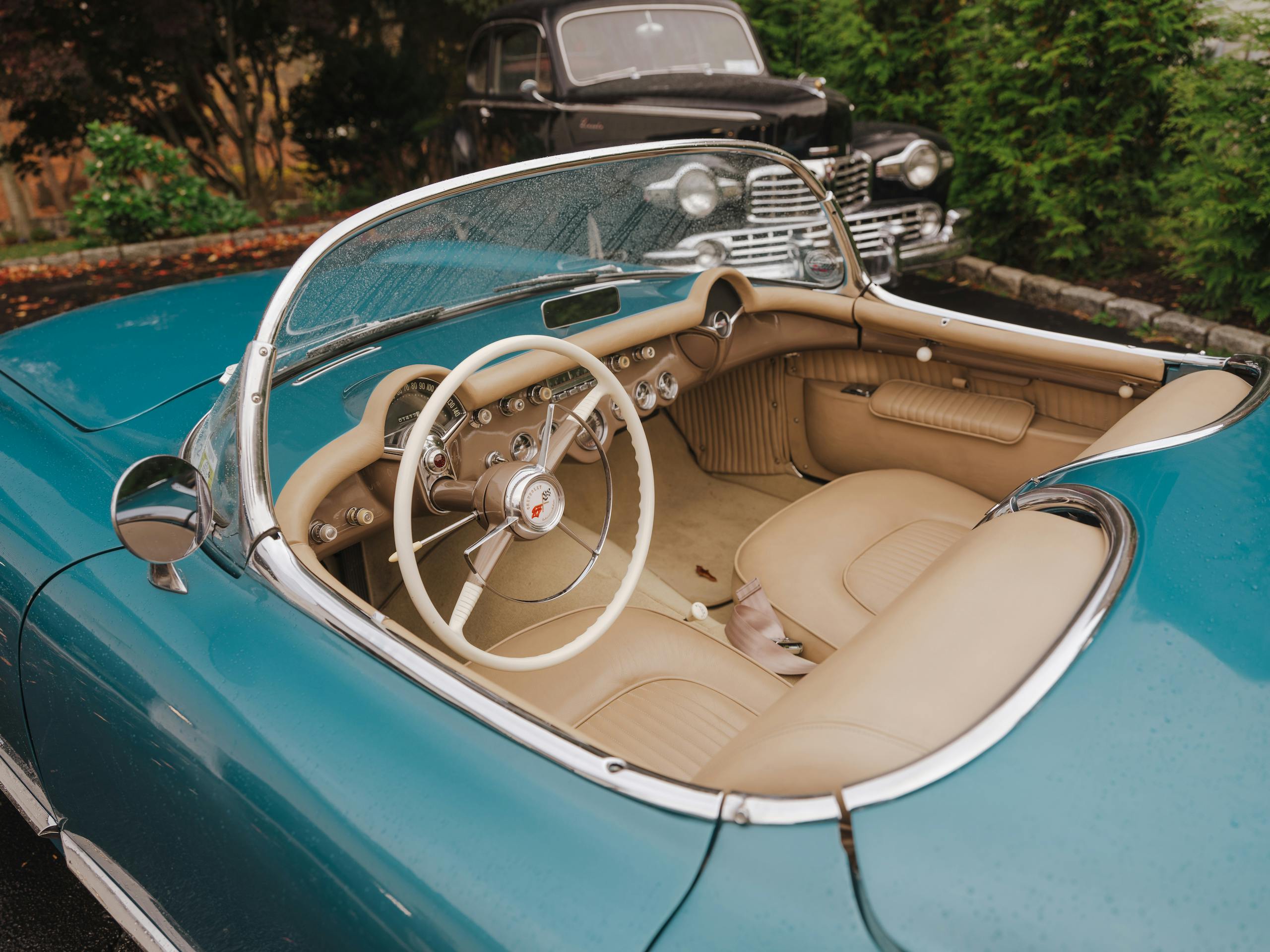
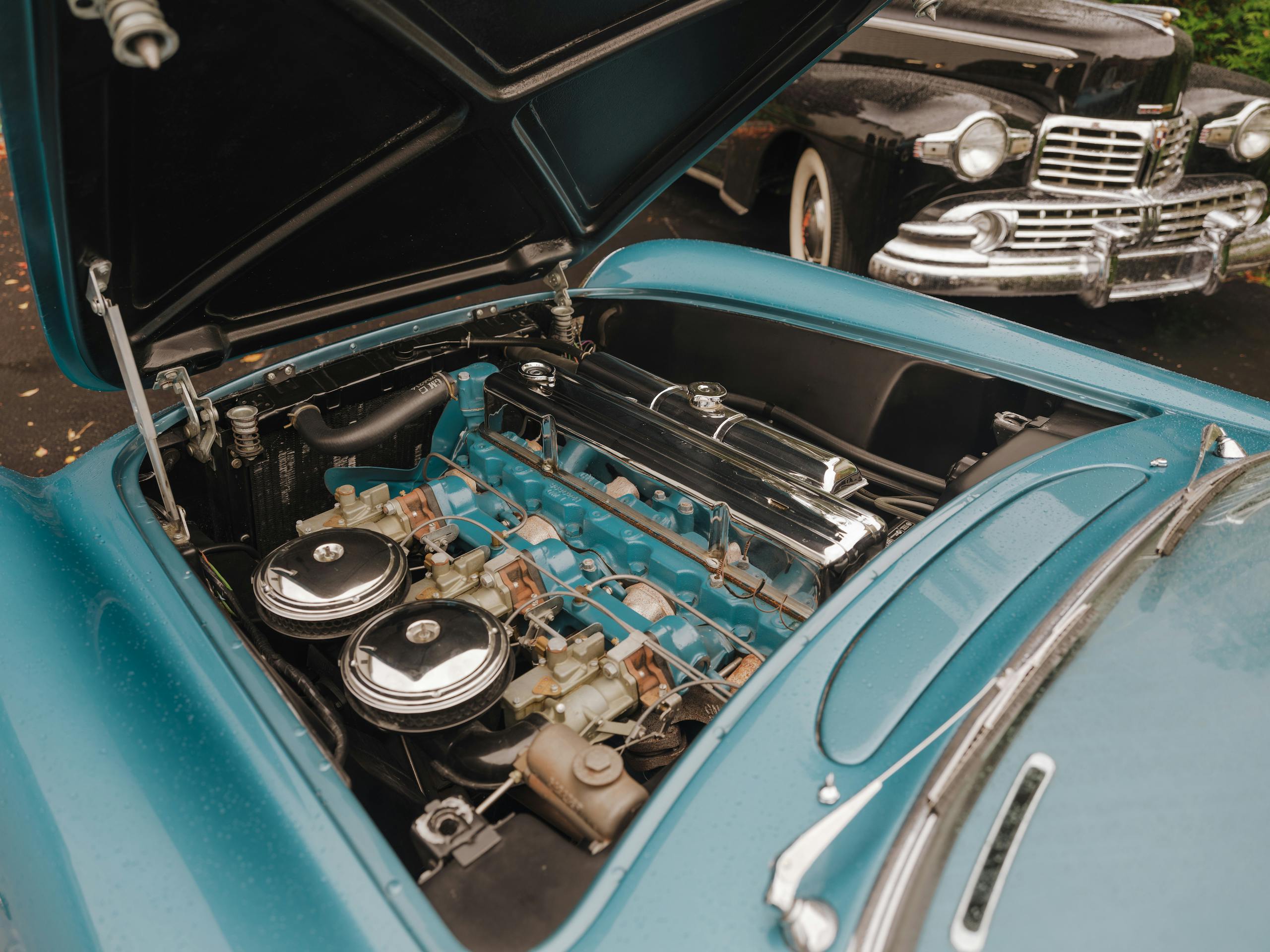
































Good story with some interesting info about cars that I’ve never seen before! 👍
The 1960 Auto Union is a fantastic looking car I had never heard of.
The color on that Vette is stunning!
What a wonderful story of passion for history and automobiles!
Hi Rob, I drove a 1959 DKW 3=6 for 8 years while living in South Africa back in the 1990s. Blue with white roof. Free-wheel. 850cc two-stroke enjine. Great car. I loved its smell.
When I was about 4 or 5 young my dad briefly owned a “Humpback” Volvo 544. I’m so thankful he did. Those lines and the feel of that era never left my soul. What you’re doing with your family is special!
Hey Rob,
I’m a British guy and I’m more into British Classics – Triumph TR6, but your collection is stunning, I mean absolutely stunning, love it and maybe you need a bigger garage soon ?
I’d love to see your collection sometime, I’m often in the US so you never know….
Stephen
So many interesting stories from people that are reading this article- feel free to reach out (and see more pics of these cars) on IG @this_is_r0b